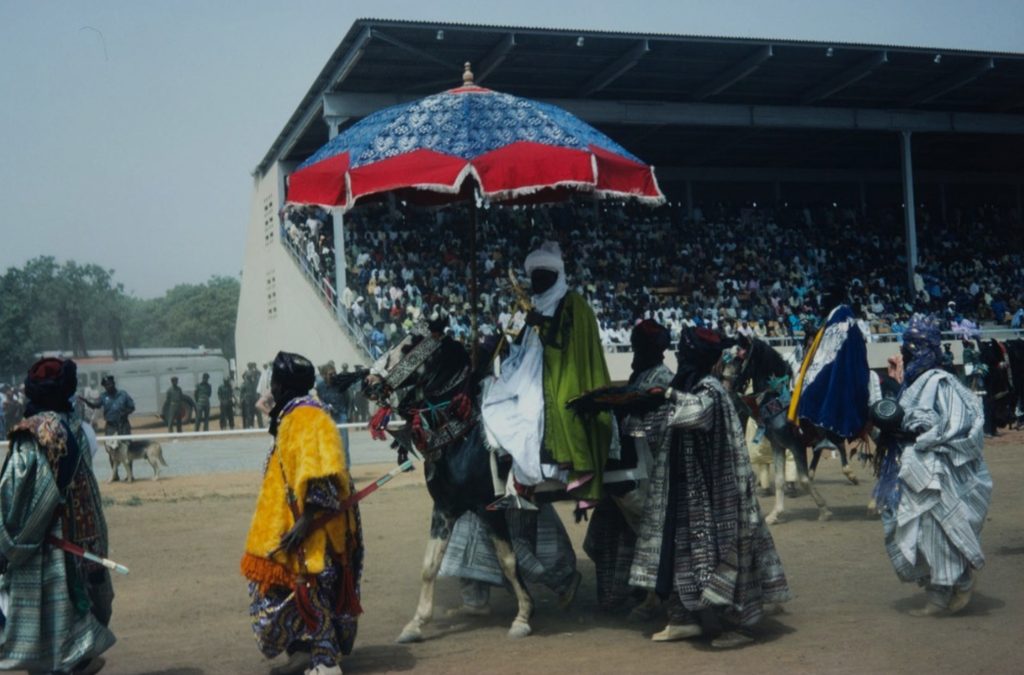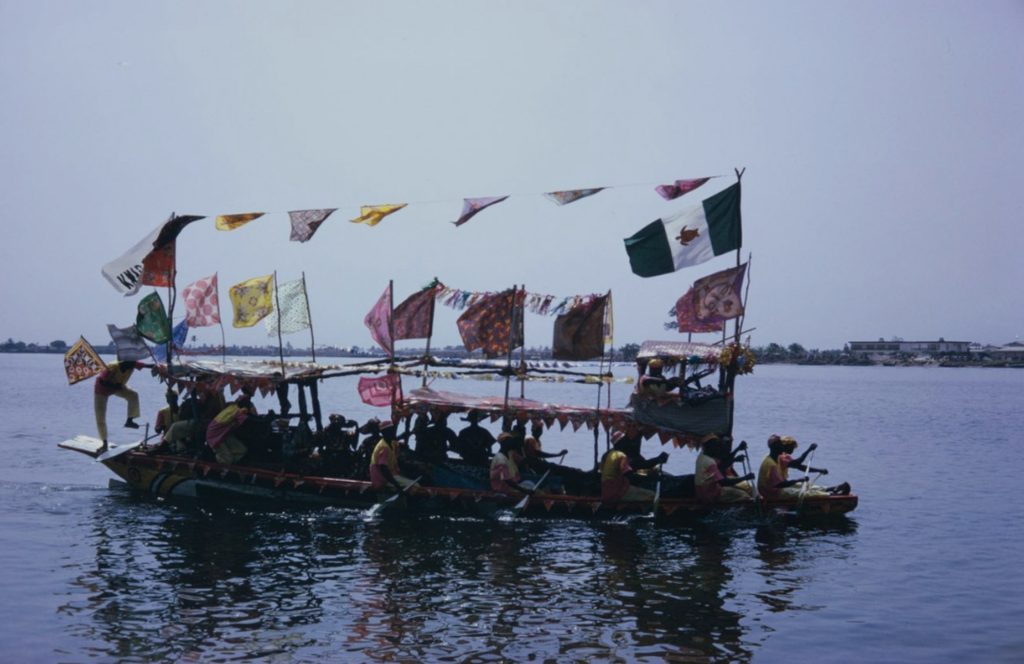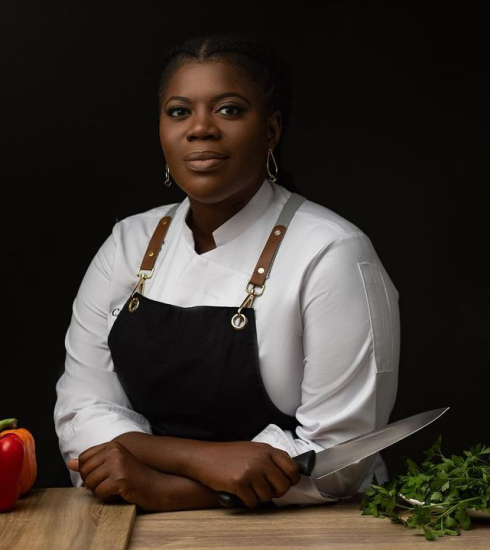Remembering FESTAC ‘77
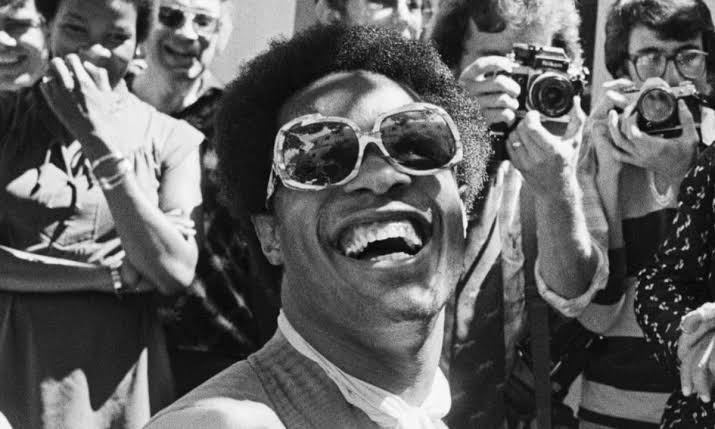
The Second World Black and African Festival of Arts and Culture, commonly known as Festac ’77, held in Lagos, Nigeria, from the 15th of January to the 12th of February 1977, was the first of its kind in the country – it is the second of its kind in the world, as the first held in Dakar, 1966. The phenomenal month-long event saw an exceptional rendition of African music, art, literature, drama, dance, religion and an outstanding celebration of African culture. The event witnessed the performance of 16,000 participants representing 56 African nations and countries of the African diaspora.
When it was held, FESTAC was the largest pan-African gathering ever to occur. The event was a pathway for the birth of the Nigerian National Council of Arts and Culture, Festac Village, and the National Theatre. This noteworthy event occurred at four distinct venues: the National Theatre, National Stadium, Lagos City Hall, and Tafawa Balewa Square.
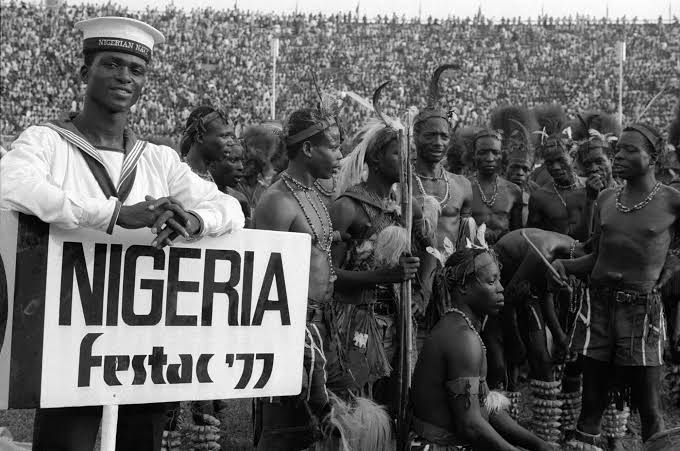
The FESTAC convening inspiration is traced to the ideas of Négritude and Pan-Africanism. The celebration preparation began on the 3rd of October, 1972, and the festival was scheduled to take place in 1974. The initial name was “World Black Festival of Arts and Culture” before it was changed to “Second World Black and African Festival of Arts and Culture” to harbour the realities of “African Unity.” The date was later moved to November 1975, and a committee of representatives of peoples of African descent was set up to serve as the administrative arm of the festival. The desire to improve on the Dakar festival fuelled Nigeria’s intention to do something more appealing with the new-found oil money. A new regime replaced the Gowon administration, and the date was thus changed to 1977.
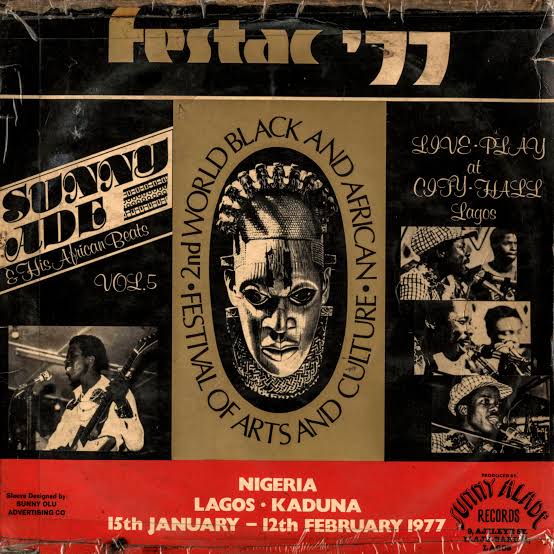
The festival aimed to give black and African culture its most comprehensive and highest conception. It also aimed to promote black and African artists, writers, and performers, facilitate their world performance, enhance their access to global outlets, and ease their periodic return to their origin – for those uprooted to other continents. The festival aimed to ensure the revival, resurgence, and promotion of black and African culture and civilisation. It intended to bring to light the diverse contributions of black and African peoples to the universal currents of thoughts and art. Fostering better international and interracial understanding was yet another purpose of the festival.
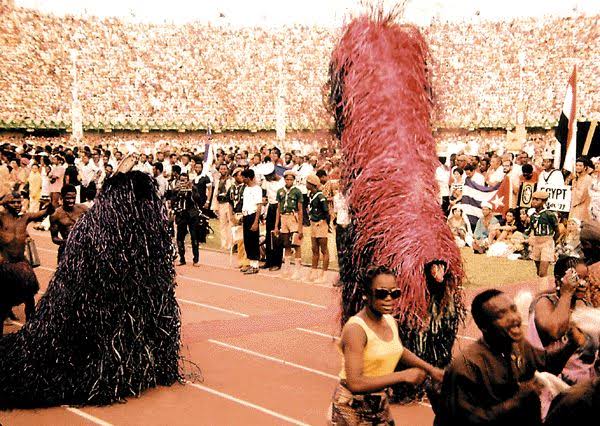
The festival’s opening ceremony took place inside the National Stadium on the 15th of January. An outstanding activity was the parade, with participants representing 48 countries. One thousand pigeons were released during the festival, symbolising the freedom and unity of black people. “Colloquium” – an academic meeting – was at the heart of the festival so much that it was held daily during the first two weeks. Its theme was centred on seeking answers to how to revive and foster black and African creatives. Over 700 writers, artists, and scholars participated in the lecture. Between 5th – 8th February, the Durbar festival was staged in Kaduna as part of the overall festival. Another event was the boat regatta. It was held in Lagos for three days – more than 300 boats were involved.
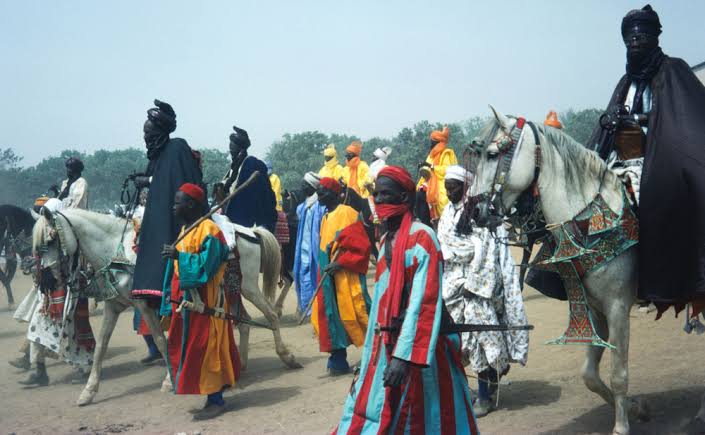
Performing and visual arts shows were presented during late afternoons at the National Theatre, and art exhibitions were equally hosted there. Some drama and music shows were also enacted at the Tafawa Balewa Square.
The event met a successful end, and Nigeria, being the host country, was entrusted artefacts from the home countries and communities, which induced the institution of the Center for Black and African Arts and Civilization (CBAAC), a federal parastatal with offices in Marina, Lagos and FCT, Abuja.
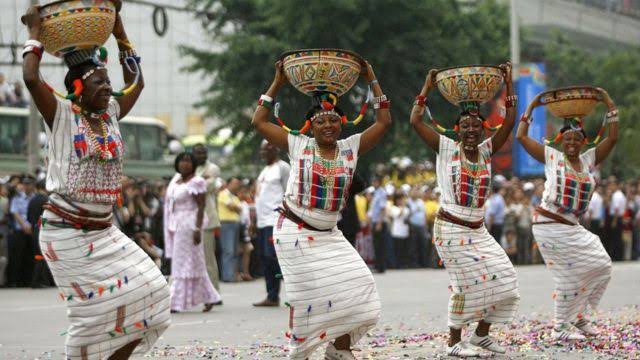
The FESTAC celebration is a proud period in the history of Nigeria. It should be a tale told to the present generation to fan their flame of hope and spark their faith in the nation. It should be a narration constantly whispered in the ears of the leaders as a wake-up call and a calendar reminder of what a great country Nigeria was and still is.
